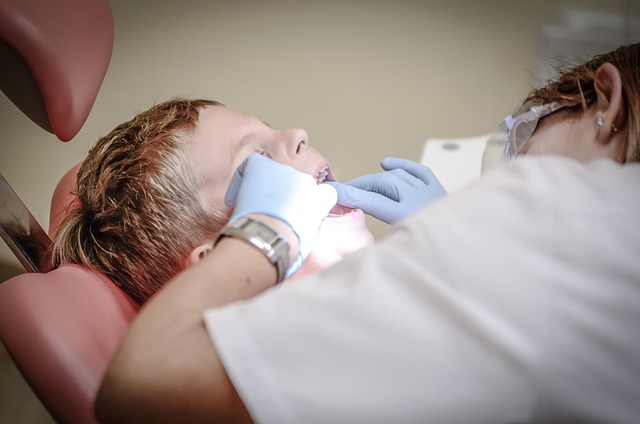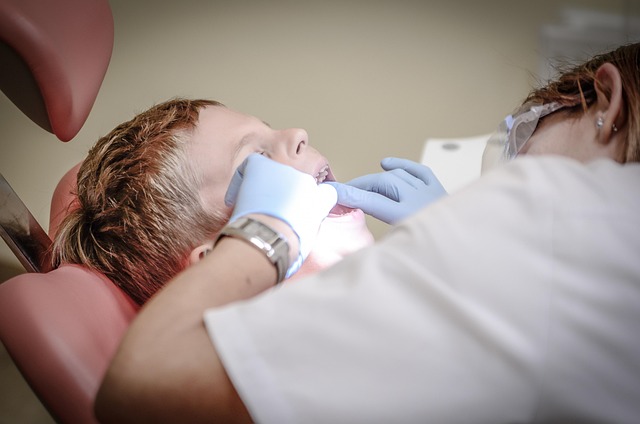Long-term chiropractic rehabilitation after car accidents is crucial for managing whiplash and spine injuries. Chiropractors provide a holistic approach, combining spinal manipulation, personalized exercise programs, and injury prevention education to restore mobility, reduce pain, and enhance function. Regular sessions ensure better health outcomes, empower individuals to regain control over their bodies, and minimize the risk of recurring spine problems through proactive measures.
After a car wreck, managing long-term whiplash and spine issues is crucial. These injuries can persist for months or even years if left untreated. This article delves into understanding the intricacies of post-car wreck injuries, focusing on long-term chiropractic rehabilitation as a key recovery strategy. We explore effective management strategies and preventative measures to help individuals navigate their journey towards healing and prevent future complications. By leveraging long-term chiropractic rehabilitation after car wrecks, folks can find solace and restore their quality of life.
- Understanding Long-Term Whiplash and Spine Injuries Post-Car Wrecks
- The Role of Chiropractic Rehabilitation in Recovery
- Strategies for Effective Management and Preventing Future Issues
Understanding Long-Term Whiplash and Spine Injuries Post-Car Wrecks

After a car wreck, many individuals suffer from whiplash and spine injuries that can persist for months or even years if left undiagnosed and untreated properly. Long-term chiropractic rehabilitation plays a crucial role in managing these ongoing issues. Whiplash, a common injury during vehicular accidents, refers to the rapid back-and-forth movement of the neck, often causing muscle sprains, ligament damage, and nerve irritation. These injuries can lead to persistent pain, reduced mobility, and other complications if not addressed promptly.
Chiropractors are specialists in diagnosing and treating musculoskeletal disorders, particularly those affecting the spine. In the context of post-accident care, they offer a comprehensive approach to long-term chiropractic rehabilitation. This involves various techniques such as spinal manipulation, adjustments, and personalized exercise programs to restore range of motion, reduce pain, and enhance overall function. Regular visits with a chiropractor can help individuals with whiplash and spine issues navigate their recovery journey effectively, ensuring better health outcomes in the long term after car wrecks.
The Role of Chiropractic Rehabilitation in Recovery

Chiropractic rehabilitation plays a pivotal role in managing and recovering from long-term whiplash and spine issues often sustained following car accidents. This holistic approach focuses on restoring proper alignment and function to the spinal column, which is crucial for alleviating pain and improving mobility. After a car wreck, the shock and strain placed on the body can lead to complex spinal misalignments and nerve irritations that may not be immediately apparent. Long-term chiropractic rehabilitation after car wrecks involves a series of tailored adjustments, exercises, and other therapeutic techniques designed to address these underlying issues.
This comprehensive process helps patients regain control over their bodies, reduces inflammation, and promotes healing. Chiropractors often work with individuals for extended periods, adjusting treatments as recovery progresses. They may incorporate various modalities like heat/cold therapy, electrical stimulation, and massage to enhance healing and manage pain. Additionally, chiropractors educate patients on posture, ergonomics, and injury prevention strategies, empowering them to maintain their newfound comfort and stability in daily life, even after the initial acute phase of treatment has concluded.
Strategies for Effective Management and Preventing Future Issues

Effective management of long-term whiplash and spine issues requires a comprehensive approach, especially following a car wreck. Long-term chiropractic rehabilitation plays a pivotal role in restoring mobility and reducing pain. Chiropractors can design personalized treatment plans combining adjustments, targeted exercises, and lifestyle modifications to address specific needs. Regular sessions ensure continuous support throughout the healing process, enabling individuals to regain control over their bodies and daily activities.
Preventing future issues involves adopting proactive measures. Maintaining good posture during daily activities and while sitting at a desk is essential. Regular exercise focusing on core strengthening and flexibility can significantly reduce strain on the spine. Additionally, incorporating ergonomic principles into routines, such as using supportive pillows and chairs, can alleviate pressure on the back and neck. These strategies, coupled with consistent chiropractic care, foster long-term well-being and minimize the risk of recurring spine issues.
Long-term whiplash and spine issues following a car wreck can significantly impact an individual’s quality of life. However, with proper understanding and comprehensive care, these conditions are manageable. Chiropractic rehabilitation plays a pivotal role in this process, offering natural and effective solutions for pain relief and improved mobility. By combining specialized treatments and patient education, individuals can effectively manage their symptoms and prevent future injuries. For those navigating long-term chiropractic rehabilitation after car wrecks, adopting proactive strategies ensures better outcomes and enhanced well-being.














